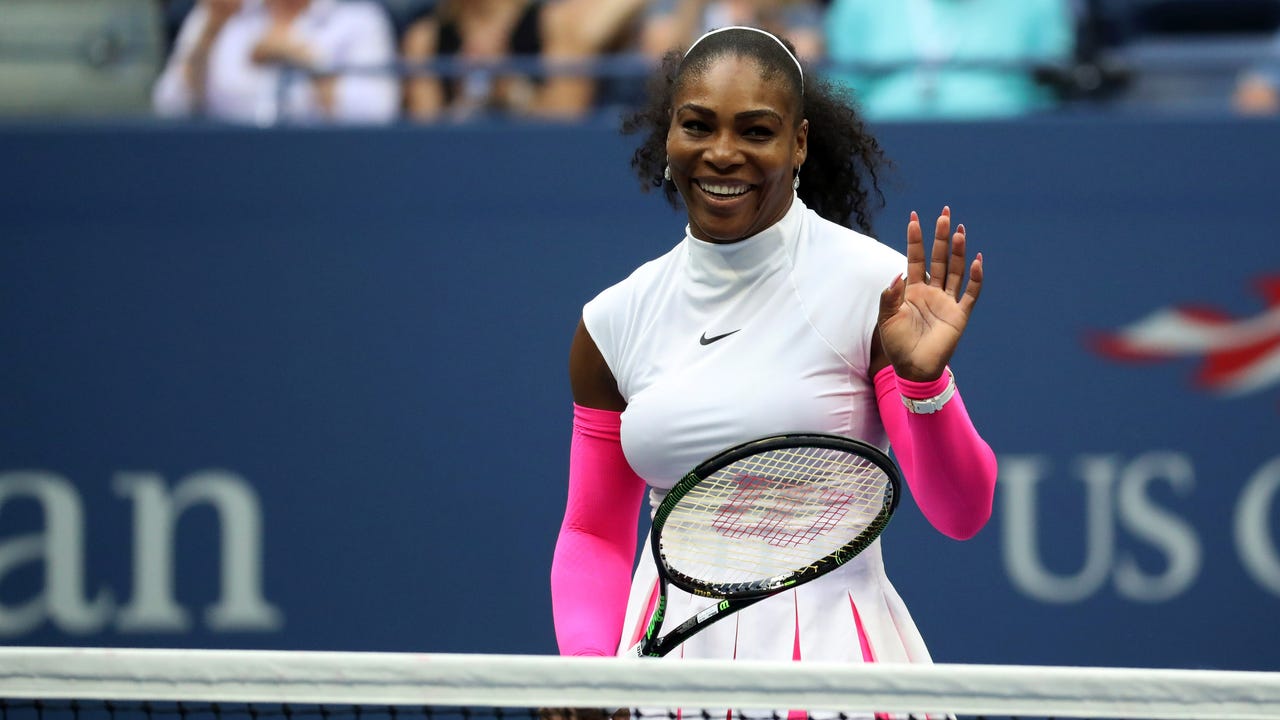Ball persons learn what calms players, what ticks them off

NEW YORK — While Venus Williams was playing in her 18th U.S. Open this year and Serena Williams is in her 17th, Laray Fowler, one of the nearly 300 ball persons who work the Open each year was back for her 19th consecutive.
“My aunt was a ball person,” Fowler said. “When anyone in my family would turn 14, she would bring us to the tryouts.”
Of the four Grand Slam tennis tournaments, the U.S. Open is the only one to break away from the “ball kid” norm in the sport and instead employ ball persons, some 280 of them in 2016.
Fowler, 32, works at The Frye Company, a shoe store, in Manhattan, but each year assures she’ll be available for the three weeks (including qualifying) of the U.S. Open. Some days she works 8 or 9 a.m. to 5 p.m. at Frye, then takes the train out for an evening shift on Arthur Ashe Stadium.
Nick Zikos is a 24-year-old financial advisor for Prudential on Long Island. He lives in Forest Hills and drives in to the Billie Jean King National Tennis Center each morning for his ball person shift, which he bookends with client calls and on-the-go meetings. This is his 11th U.S. Open.
“I grew up playing here,” said Zikos of the NTC. “This is literally my backyard.”
Ball persons are paid an hourly wage of anywhere from $9 to $10.50, said Tina Taps, the manager of ball persons at the U.S. Open, where she has worked since 1989. Tryouts are held each July, when hundreds of hopefuls show up in Queens to show off their speed and throwing arms. Attention to detail is important, too.
“When you have a difficult player out there, you know need to know what settles them down and what ticks them off,” said Taps. “You learn to make subtle adjustments to make their experience the best it can be.”
Working their matches year in and year out on the tournament’s biggest courts, Fowler and her peers know what the top players need: Rafael Nadal wants a towel on each side of the baseline for quick access; Andy Murray wants the ball back that he just won the last point with; Serena Williams needs only one ball to choose from to serve, not two or three; and Caroline Wozniacki only takes balls from the side of the baseline – deuce or ad – that she’s serving on.
“It’s second nature to us,” said Zikos, who used to take off his first two weeks of college for the Open. “We know this job in and out. I have seen everything you could possibly see on the court. I know the rhythms on the court and how it works. I know the system very well. I know the players are confident in what we are doing. They don’t have to think about us. Experience helps.”
No other tennis tournament in the world uses adult ball persons, and Taps said the U.S. Open is the only one – she believes – to throw the ball overhand from one end of the court to the other instead of rolling it.
Justin Holmes, 18, is in his fourth year as a ball person and recently graduated from Trinity School in Manhattan, John and Patrick McEnroe’s alma mater. He hopes to play Division I tennis after an upcoming gap year.
“If you’re here for three weeks in a row with the same group of people year after year, they become family to you. You’re here night and day,” said Holmes, who lives in the Bronx. “The point is to work together so that we all look good.”
Of the 280 ball persons, some 180 are returners in some capacity this year, while another 430 hopefuls showed up for tryouts in July to be rookies. Edmund Raheb, 57, is the oldest of the veterans.
“It’s not about doing X amount of years,” said Fowler. “I’m going to do it until my body allows me to do it.”
“I ask the rookies before we go on Ashe, ‘Are you guys nervous?’” said Holmes, who is in his fourth year. “And they’ll say, ‘Yeah of course.’ I say, ‘Listen, don’t look up, because then you will see the 23,000 people in the crowd. And then make sure to have fun. If a ball is coming your way, challenge yourself to catch it – that will look good on TV. And make sure to stay loose.’ Then, we’re on the same page.”
“I plan on doing this until they don’t want me to do this anymore,” said Zikos.
PHOTOS: BEST OF THE U.S. OPEN